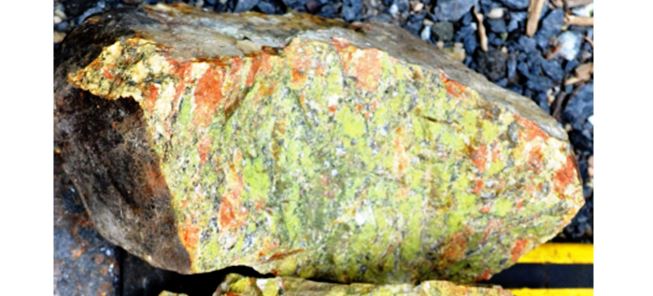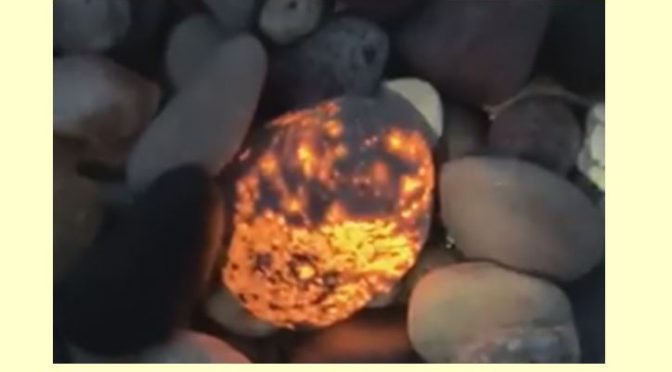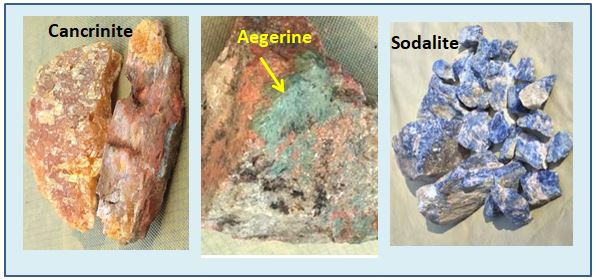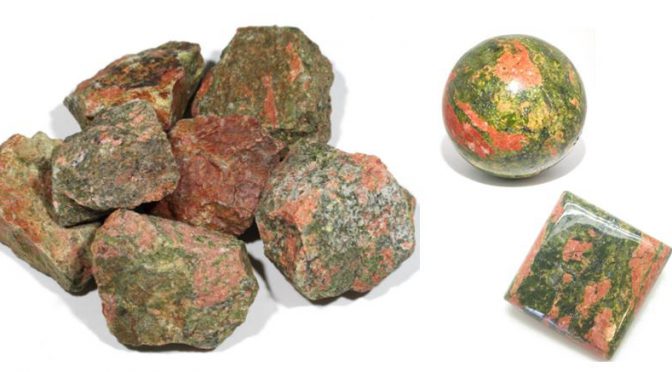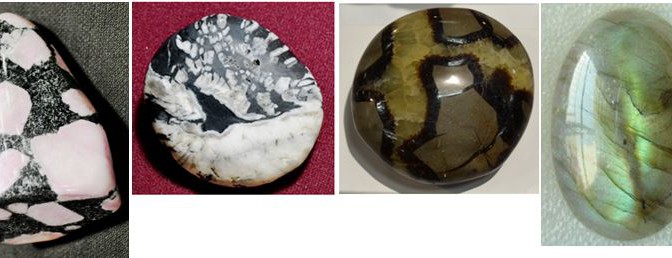It was the final day of the Wayne County Gem and Mineral Club’s eight-day trip to Kentucky and beyond. We had spent Labor Day weekend with the Catawba Valley Gem and Mineral Club in central Kentucky collecting calcite, dolomite and a bit of fluorite in two quarries and quartz geodes from a tributary of the Green River. We also had lots of Kentucky brachiopods, Tennessee crinoids and Virginia staurolite packed into just about every available spot in the car. But the trip home from Lexington, Virginia would only take 8 hours, plenty of time to make one quick stop.
Linda Schmidtgall and I decided our final stop would be just 5 miles east of Interstate 81 in Rockbridge County, Virginia. Beard (2017) stated that Little Marys Creek “is one of the best places in Virginia to collect unakite”. We thought we would find out if he was correct.
